The SDG Impact Fund is a charity organization that claims to support the U.N. Sustainable Development Goals with its immense funding.
However, the SDG’s assets increased from $238 million in 2020 to an almost unbelievable $10 billion in 2021, and people are starting to wonder what this organization is actually doing with the money.
What is the SDG Impact Fund?
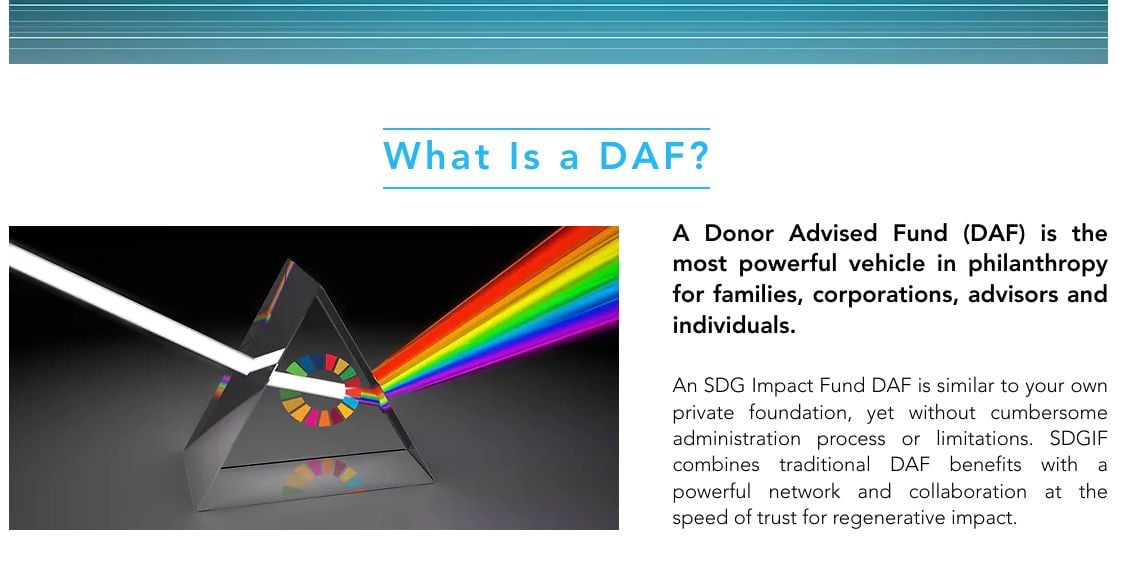
First, it’s important to understand what this organization actually is; the SDG Impact Fund is a donor-advised private foundation.
These types of charities are not uncommon as they are popular among the wealthy and elite who are looking to donate large sums and, consequently, get huge tax rebates in return.
How SDG Impact Fund Works

The foundation was created in 2013 by Anthony Suber, Amber Nystrom, and Colborn Bell. Anthony and Amber worked in finance and wealth management before starting the fund, whereas Colborn worked in cryptocurrency.
Together, the three created a unique organization that would accept all varieties of cryptocurrency for donations, including tokens, coins, and NFTs.
The Crypto Aspect is Important to Understand

Co-founder Colborn Bell didn’t just work in crypto; before creating SDG, he founded Finite Square Well, a crypto investment advisory, and the Museum of Crypto Art.
And it’s important to understand that the idea that donations could come in all forms of online currencies is part of what makes SDG Impact Fund’s story so interesting but also confusing.
SDG Impact Fund Isn’t the Only Organization Working with Crypto Donations
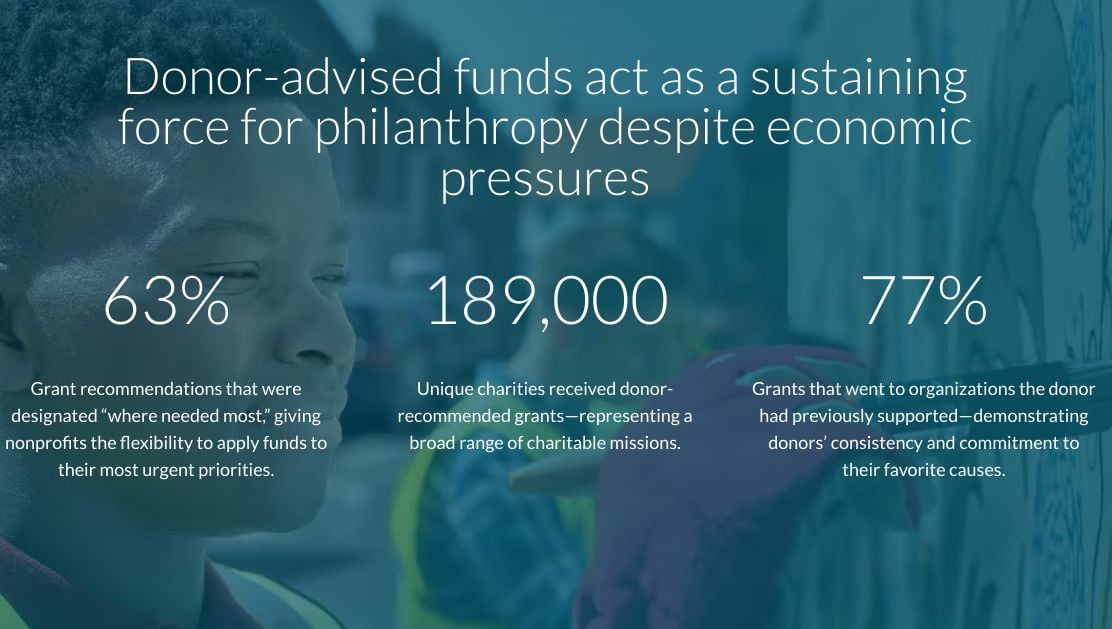
SDG isn’t the only organization accepting cryptocurrency for donations. Another donor-advised charity called Fidelity Charitable is doing the same thing.
In 2021 alone, Fidelity received $331 million worth of crypto donations; however, in 2022, they only took in about $38 million.
The IRS Forms Say It All
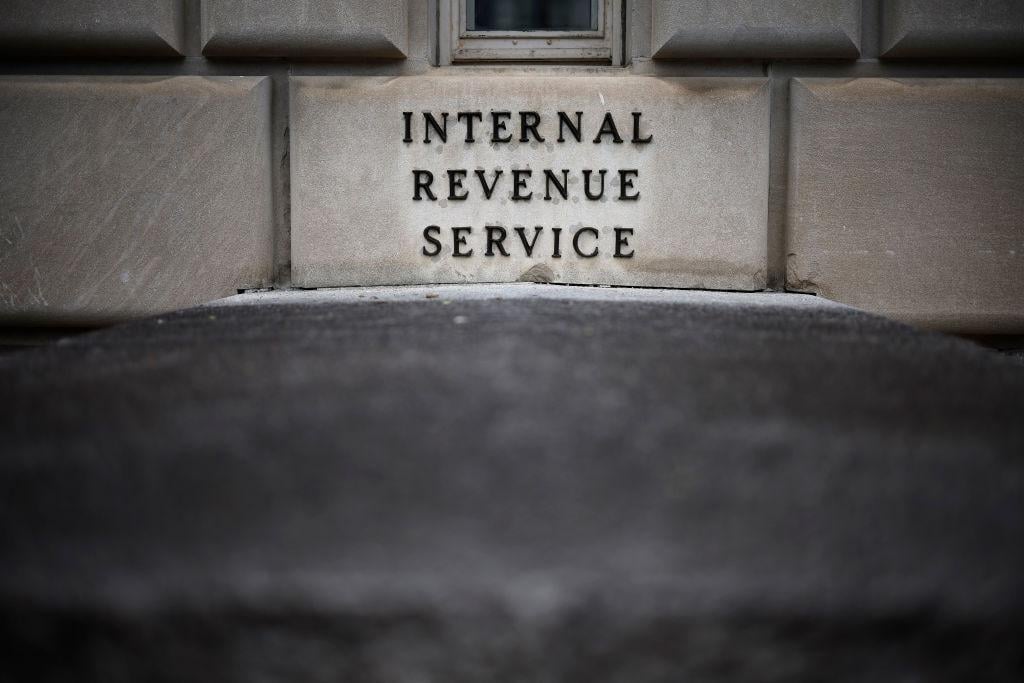
As a nonprofit organization, SDG has to file a 990 form every year with the Internal Revenue Service (IRS), so when they reported $10 billion in assets in 2021, people absolutely started to take notice.
And $9.8 billion of those assets were reportedly donated through non-cash donations.
How Did SDG Go from $238 million to $10 Billion?

Of course, after seeing these numbers, many financial experts were wondering: Where did they get $9.8 billion from?
Although there is little information available to the public about what was included in the noncash donations, Brian Mittendorf, an accounting professor who focuses on nonprofits at Ohio State University, did some digging and found that the majority of those donations were crypto coins and non fungible tokens, or NFTs.
Things Aren’t Looking Good for SDG
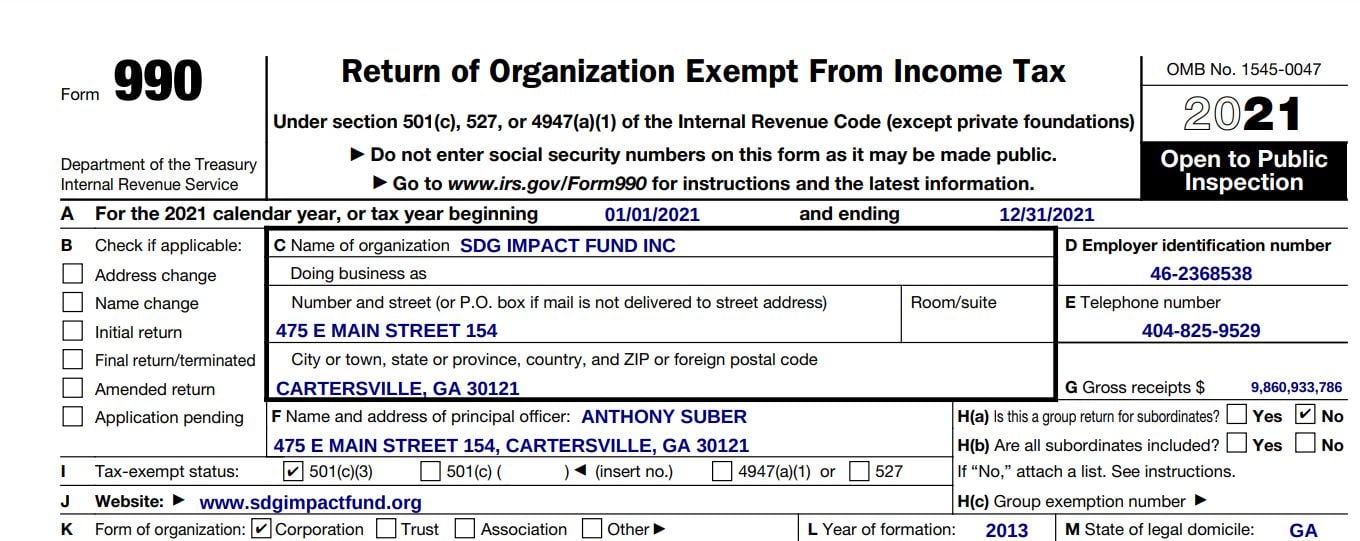
While SDG is certainly winning financially, in the eyes of the world, it’s not looking great. Crypto lawyer Andie Kramer said, “Taking into account the scale of assets we are talking about, this is an outlier that certainly deserves additional explanation.”
Essentially, people are wondering if these donations are ever being used for charity purposes or if the wealthy elite are simply moving their money around to save on taxes.
This Isn’t What Charity Is Supposed to Be About

Fellow at the Institute for Policy Studies Helen Flannery explained, “One of the biggest problems with philanthropy we see nowadays is that a lot of what wealthy donors do with their charity is perfectly legal but ethically problematic.”
She continued to explain that while SDG is not technically doing anything illegal, she said, “It’s in keeping with the letter of charity law but not its spirit.”
What Are Donations from SDG Supposed to Be Going To?
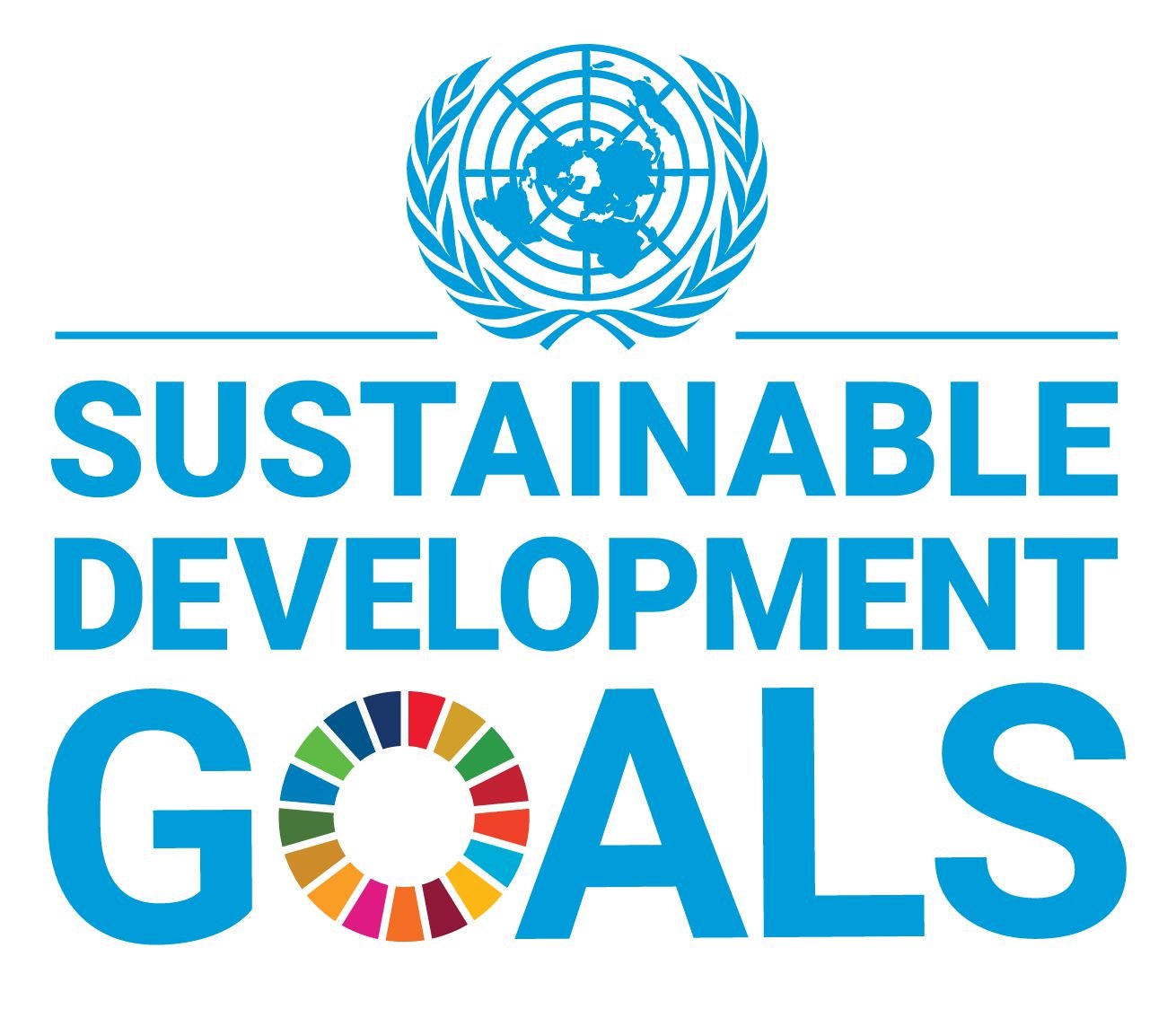
Technically, SDG stands for sustainable development goals, and the fund’s purpose is to donate to the U.N. Sustainable Development Goals, which is a collection of verified charities in need.
On the SDG Impact Fund’s website, they provide clickable links for donors to choose the charity of their choice, including organizations such as Gaia Gives, Costa Rica Regenerative Retreat Sanctuary, and many others.
How Much Has Been Donated?
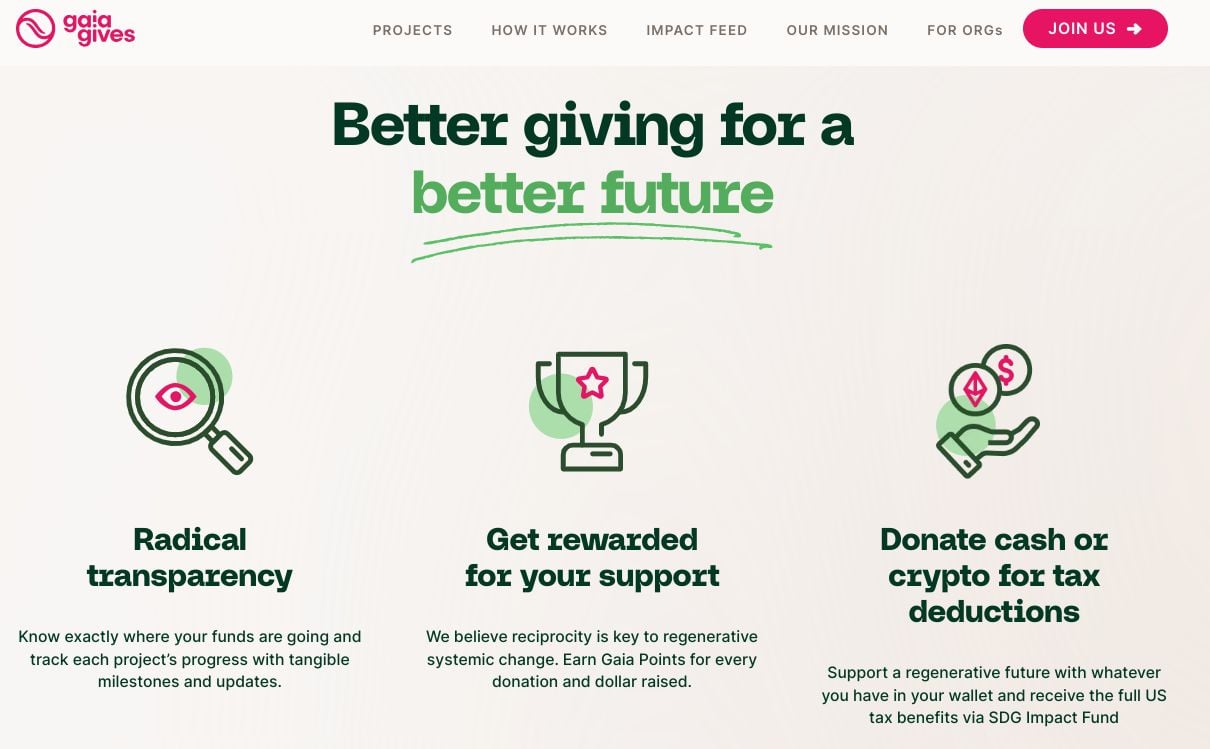
According to the numbers SDG has released about its incoming and outgoing donations, less than one-tenth of a percent of its total assets were ever released to charities.
This means that almost none of the deserving charities listed on the SDG homepage received any kind of funding last year.
It’s Unlikely That the Money Will Ever Make it to a Charity in Need
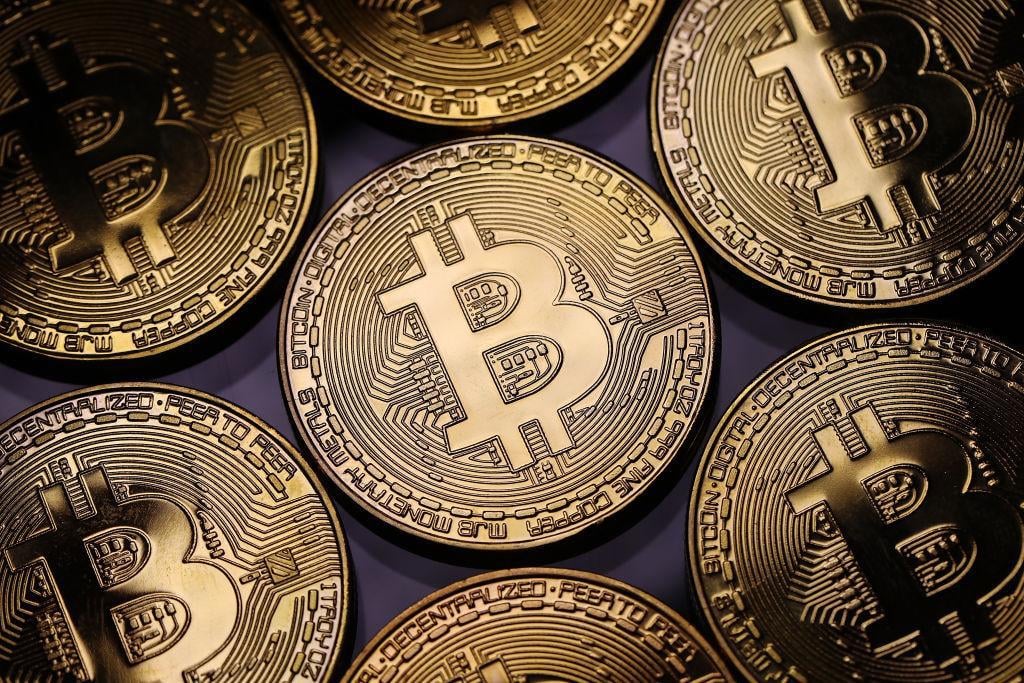
Sadly, Flannery explained that it’s highly unlikely much of the $10 billion SDG has in assets will ever make its way toward a charity.
And she isn’t going to take this lying down. Flannery said explicitly, “We need to make sure that donors aren’t using donor-advised funds for creative tax avoidance. We need to make sure that we’re getting charitable works back.”
